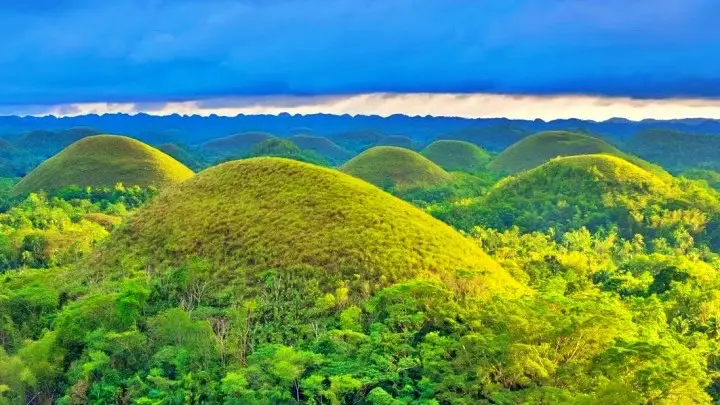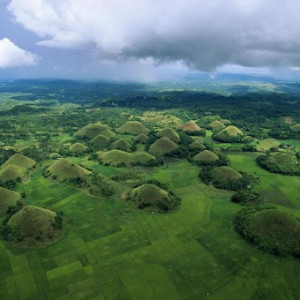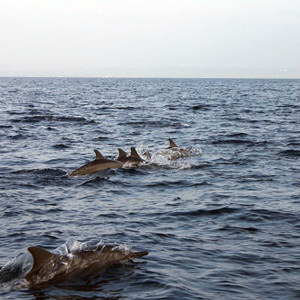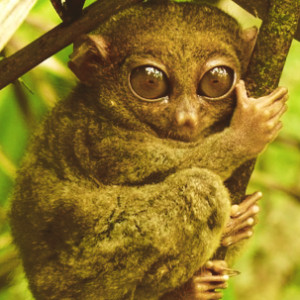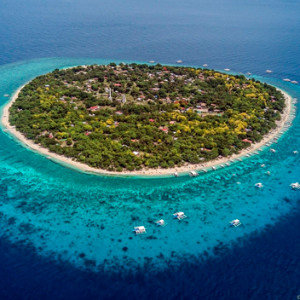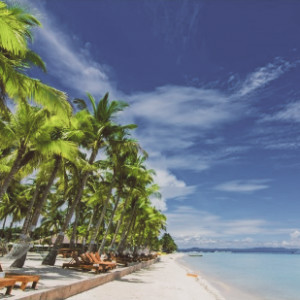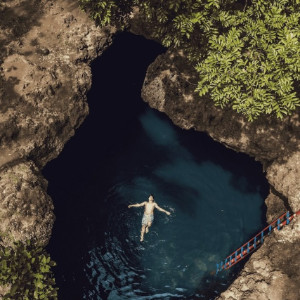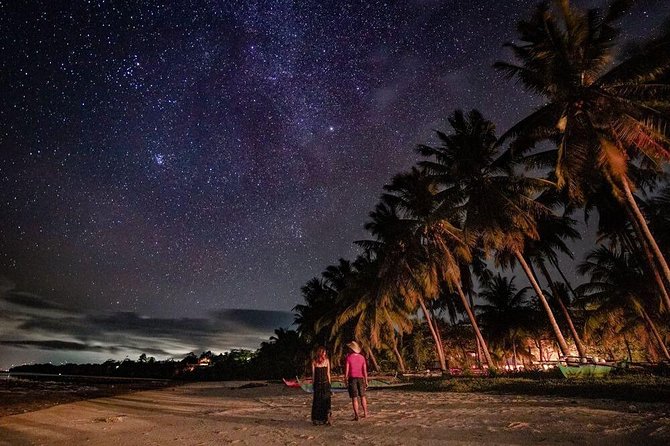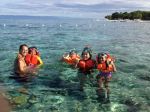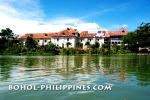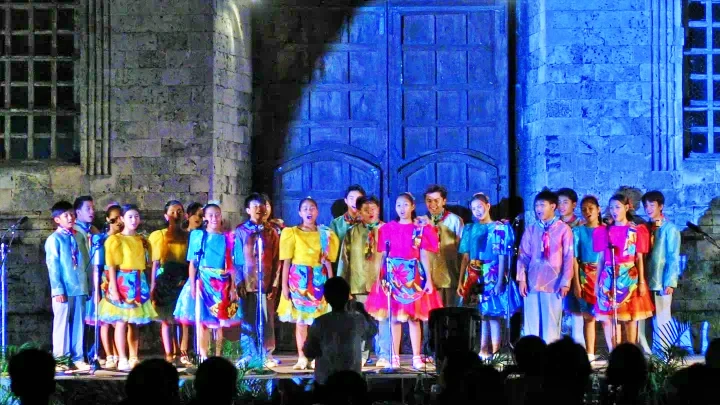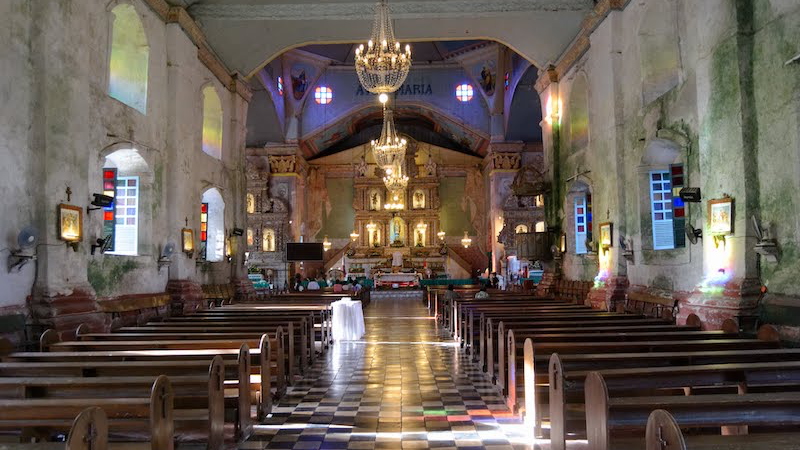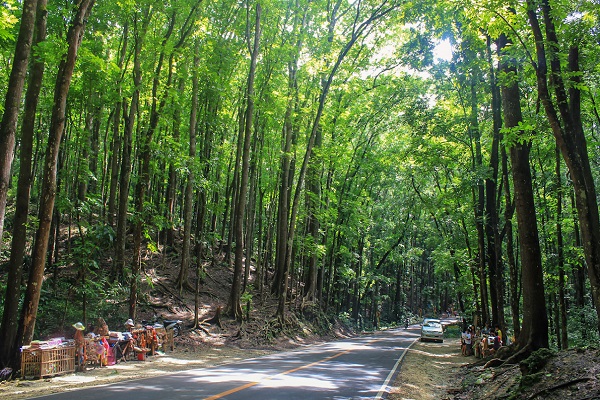Eskaya Tribe of Bohol
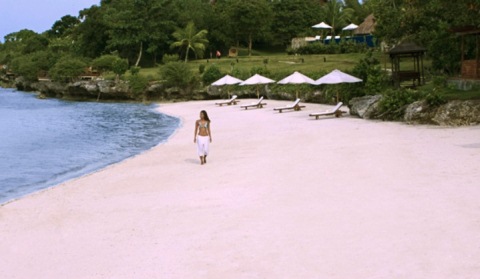 Eskaya Beach Resort
Eskaya Beach ResortSecure your Cebu Bohol ferry tickets today to start your unforgettable journey!
The Eskaya is an indigenous tribe found in the hinterlands of the towns of Duero, Guindulman, Pilar and Sierra Bullones, Bohol’s southeast interior. The settlement of this tribe is at Biabas, Guindulman, established in the early 20th century by one Mariano Datahan. Datahan died in the year 1949.
A second settlement was established at Taytay, under the municipality of Duero in the year 1951; founded by Fabian Baja under Datahan’s instructions. Eventually, the group spread to nearby Canta-ub, Lundag, Tambongan, Cadapdapan and Fatimah.
Recommended Bohol Philippines Tours
[ Bohol Sight Seeing Day Trips - Check Out Availability ]
[ Full Day Cruise and Sailing Tours - Check out Availability ]
[ Full Day Adventure Tours - Check out Availability ]
Discover more of Bohol's natural wonders through our recommended tours. Click on the links below to embark on unforgettable adventures:
Ready to explore the beautiful islands of Cebu and Bohol? Secure your ferry tickets today through 12go and start your unforgettable journey!
Likewise known as the “Visayan-Eskaya”, the community is only found in the island province of Bohol. They have a unique cultural heritage, use a distinct language and literature, and have traditional practices that dates way back to pre-Spanish times.
Eventually, the group was recognized and the community awarded a Certificate of Ancestral Domain Claim (CADC) in 1996 by President Fidel V. Ramos. CADC No. R7-CADC-14 deemed as ancestral domain 3,173 hectares of land in Taytay (Duero), Biabas (Guindulman), Lundag (Pilar), Canta-ub (Sierra-Bullones), and Cadapdapan (Candijay).
Legally, the Eskaya are now classified as an indigenous group under Republic Act or R.A. No. 8371 entitled “The Indigenous People’s Rights Act of 1997. No official census has yet been made of the group but a report in 1991 mentioned 130 Eskaya families living in Bohol.
Although the group’s distinct culture, literature and language has baffled historians over the years, some of these traditional practices are no longer strictly imposed on the younger generations. A decline in the community’s linguistic and cultural education has been noted.
About Religion
The Eskaya tribe all converted to the Philippine Independent Church under the direction of Mariano Datahan in 1902. They revered a supreme being which they called by the name “Suno” and attended weekly church services.
The religious community was headed by a bishop whom they call “biki” and “beriki”. These spiritual leaders also performed rituals for good harvests, house blessings, weddings and the like aside from the weekly services.
An Eskaya cannot construct a home without going thru a distinct process. Thru a ritual, the biki has to ask first the permission of the spirits if the site for the house is ok or not. If permission is not granted, one has to select another site and undergo another ritual until permission is granted.
At weddings, the parents of the bride offer the couple a glass of water and a comb. The comb is dipped in the water and run through the hair of both bride and groom, believing that in doing so, both will remain calm and cool throughout their marriage.
Afterwards, rice is showered on the couple assuring them of material wealth. This practice is still being observed, not only by the Eskaya, but also by some Boholanos.
Changes thru the Years
At earlier times, Eskaya men wore shirts made of piña raffia with a Chinese-style collar, black breeches and cotton berets.
Women wore piña dresses with bulging sleeves which is definitely of Spanish influence. This mode of dressing can still be observed in the Biabas settlement. In Taytay, the women cover their heads with cotton habits.
Eskaya women are not allowed to cut their hair short nor wear trousers. Drinking and dancing are likewise a taboo. But due to modern influences from neighboring towns and in the name of “progress” and education, these customs have been discontinued.
Now, the traditional mode of dressing is usually observed during weekly services and special occasions.
With regards to farming, the Eskaya practiced communal farming wherein all produce is for the benefit of the whole community.
In later years though, this has not been observed. An Eskaya can now own land, till it, and enjoy its fruits.
Theories and Controversies
The Eskaya community is the object of an ongoing controversy with regards to its status as an indigenous group and the classification of their language.
Historians say that the group is a remnant of the original indigenous settlers of Bohol who hailed from Sumatra in the 7th century A.D.
Others say that they are the descendants of the resistance groups that fought under Francisco Dagohoy; or that they are members of a secret society or a cult; that they are a conscious reconstruction of an imagined pre-colonial society.
Still other historians say that the Eskaya are a Semitic proto-Christian tribe; that they possess the lost book of Enoch; that they are descendants of the builders of King Solomon’s temple; and that their existence proves the imminence of a second Messiah in Bohol; or that they guard esoteric secrets.
With regards to their language and script, the Eskayan speech has been associated with either of the Hebrew, Greek, and Etruscan languages.
Recent studies reveal though that the syntax of their language is identical to that of Cebuano, leading the researchers to believe that their language is actually an elaborate form of Cebuano coding.
The Eskaya tribe is deemed related to the descendants of the Rajah of Butuan. It is believed that a princess of the Eskaya tribe married the Rajah and a good trading relationship was established between the two tribes.
This is partly true since trading between Bohol and Butuan have gone on for years. In fact many Boholanos have made Butuan their home.
(Source: Wikipedia)
History of Eskaya
The history of the Eskaya tribe is largely based on “old books” whose contents have been handed down from generation to generation.
The books cover legends which some historians deemed as only myths. However, one can get a clear picture of where the tribe originates from these stories.
Top of Eskaya
Ready to explore the beautiful islands of Cebu and Bohol? Secure your ferry tickets today through 12go and start your unforgettable journey!
recommended hotel booking
Book your stay in Bohol's breathtaking surroundings through Agoda and experience the ultimate relaxation
Top 25 Sights and Attractions in Bohol
- Chocolate Hills
- Tarsier Conservation Sanctuary
- Panglao Island
- Loboc River Cruise
- Hinagdanan Cave
- Balicasag Island
- Alona Beach
- Bilar Man-made Forest
- Blood Compact Shrine
- Baclayon Church
- Bohol Bee Farm
- Anda Beach
- Sipatan Twin Hanging Bridge Loboc
- Danao Adventure Park
- Sagbayan Peak
- Butterfly Conservation Center
- Clarin Ancestral House
- Dimiao Twin Falls
- Mag-Aso Falls
- Anda White Beach
- Lamanok Island
- Rajah Sikatuna Protected Landscape
- Dauis Church
- Can-umantad Falls
- Punta Cruz Watchtower
Top 20 Destinations of Bohol
- Tagbilaran City
- Panglao Town
- Talibon Town
- Anda Town
- Loboc Town
- Dauis Town
- Ubay Town
- Tubigon Town
- Loon Town
- Jagna Town
- Alicia Town
- Carmen Town
- Getafe
- Danao Town
- Bilar
- Alburquerque
- Sierra Bullones
- Sagbayan Town
- Baclayon Town
- Antequera
Ready to explore the beautiful islands of Cebu and Bohol? Secure your ferry tickets today through 12go and start your unforgettable journey!
All Rights Reserved ©2023. Bohol Philippines Travel Guide
Address: Talibon, Bohol, Philippines
